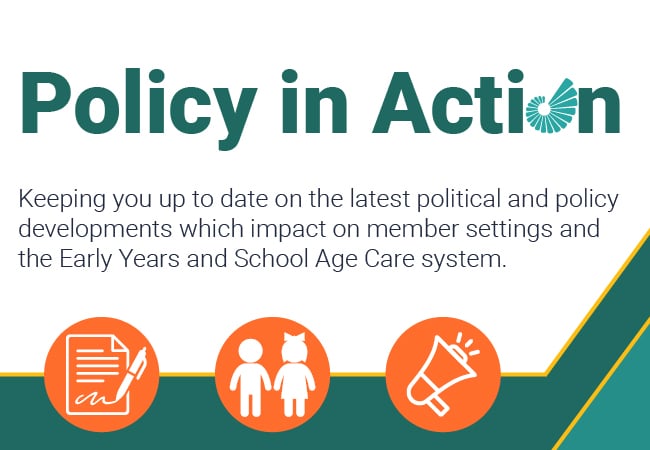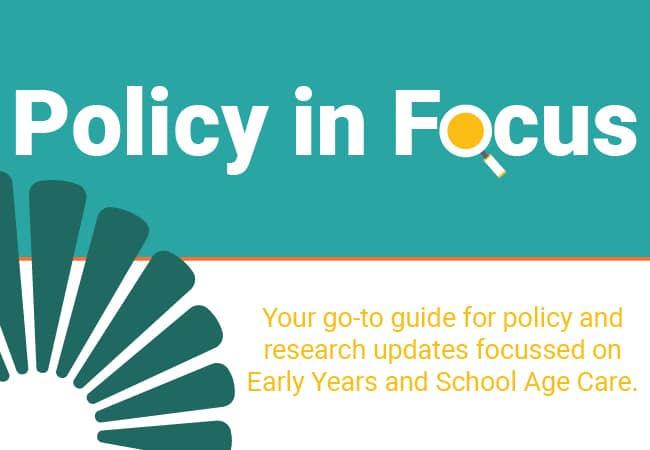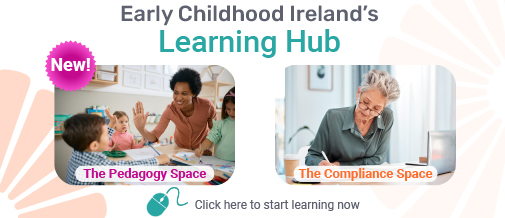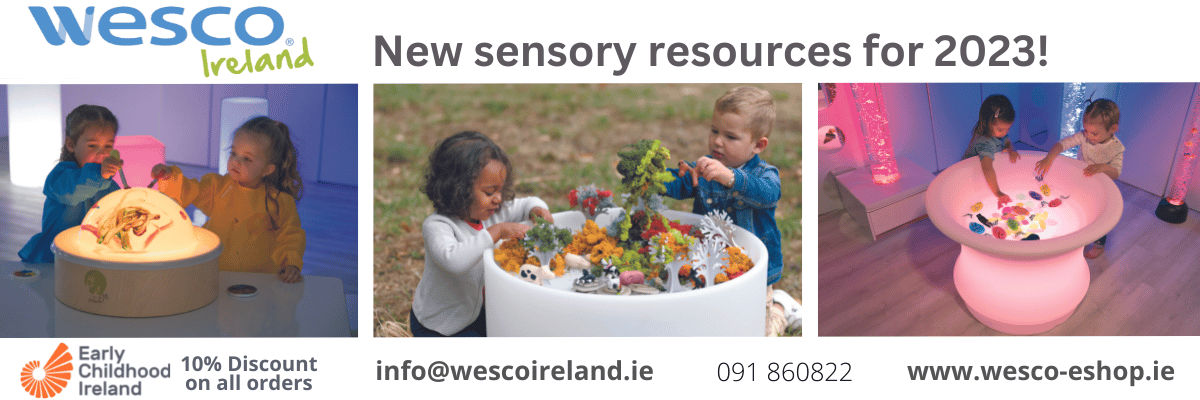Reopening – Silver Linings – Mixed Age Pods
Since I began my studies in the Early Years, I have often wondered how mixed age groups worked in practice. The Montessori method stresses that multi-age groups can be of benefit to all children. Our curriculum has always been tailored to the individual child anyway and so we became quite excited by the possibilities presented by having mixed age pods when we reopened.
Mixed-age pods:
We provide learning opportunities for children around each child’s interests and abilities. This often means adapting the environment to develop these further. Often the child we design around will engage, sometimes not but there is nearly always a ripple effect. Once one child shows an interest, others will follow while others are pulled towards a different space or opportunity. Some create their own areas of interest.
It has been humbling to see quite young children engaging in opportunities which we may not have offered because of their complexity without the mixed-age grouping. One of our 11-month-old children has recently mastered the art of threading for example. Some of the younger children seem to be using language more with their older playmates than with their peers or adults in the setting.
It is wonderful to see children take on a leadership role with a younger child, an opportunity they might not yet have had the confidence to go with within their own peer group. Older children have become teachers. They refine their skills as they analyse them to break them down to show a younger child.
The trust a younger child shows a slightly older child is quite beautiful. We recently had a child who was upset. The educator was trying her best to comfort him, but the crying continued. A 4-year-old approached the younger child. Crouching down to the younger child the 4-year-old said, “Will I show you the water?” A piece of magic happened at that moment. The younger child stopped crying, stood out of the educator’s lap and walked hand in hand with the 4-year-old to the water table.
The mixed-age groups have facilitated siblings being together. How wonderful it is to watch the confidence of a child who knows his brother/ sister is close by. Some of our siblings are newcomers to the creche. The difference in challenges of settling a child with or without a sibling while they acclimatise to their new environment has been amazing. Obviously not everyone has a brother or sister but those that have should in my opinion definitely be cared for within the same environment.
New children settling in:
New children coming into the service has always been a challenge. It wasn’t one we had to face immediately on reopening. For us, July and August were about getting used to the post COVID-19 system. Set arrival and collection times and communicating with parents in different ways were our biggest challenges then.
However, in September this changed. We had new children coming in this month and understandably all the adults were anxious about how we would approach this. We recognise the risk of infection through COVID-19 as well as the need to protect each child’s well-being. First, we looked at our COVID-19 policy and added a provision for new children settling. It reads:
“Settling Period: When a new child joins the creche every effort will be made to minimise transmission risks while taking the child’s emotional well-being into account. It is expected that these will be individual to each child’s needs and will be documented on the child’s record.”
In practice, we offer each child settling in the week before they are due to start – just like pre COVID-19. The child attends for 2 hours each day with the aim of building positive associations with our environment, educators and children. One parent is invited into the setting because we feel this is of utmost importance to the child’s well-being. Of course, we want to minimise the transmission risk. Here are some steps we have taken with families to date:
- We documented parent’s attendance including date, time in and time out.
- We asked the parent to wear a face covering.
- We asked the parent to wash/ sanitise their hands on entry.
- Where possible the parent sits in the outdoor environment. Where this is not possible an indoor area was made for the parent. We marked a large box on the floor with tape. The box is always in a well-ventilated position. This is the parent’s area where they hold/ comfort/ play with their child. When the child is ready, they move back and forth from the security of their parent supported by our educators.
- The parent as far as practical maintains a 2-metre distance from staff and other children.
- When the parent is comfortable that their child is ready, they leave. (In general, a much quicker process for children who had older siblings already attending.)
Post COVID-19 has certainly been and carries on being a learning experience. However, we continue to dream big, work hard, stay focused and give thanks for all the good people who surround us.
To finish up I’ll leave you with a Facebook quote which tells of an old debate in Early Years Education:
“Which is more important,” asked Big Panda, “the journey or the destination?”
“The company,” said Tiny Dragon.
Bio:
Sarah Twohig is Manager at Crawford Childcare in Glanmire, Co. Cork. Sarah began her career in Early Years Education after her own children started school. Returning to education after a break, she studied Early Years at FETAC level 5 and continued to complete a HETAC Level 8 in Early Childhood Studies and LINC. Sarah joined Crawford Childcare in 2010. Her areas of interest in the early years include the benefits of outdoor play, supporting children’s social competence and inclusion.









